Tunnels are used to carry traffic through some of the most extreme terrain on the planet and they help ease journeys with reduced travel time.
While most tunnels offer a short underground burst of driving, some are much longer. Here are the world’s 10 longest road tunnels that use cutting edge technology to make their construction possible and to keep drivers alert while passing through their extended subterranean length.
Ryfylke Tunnel, Norway – 8.98 miles (14.46km)
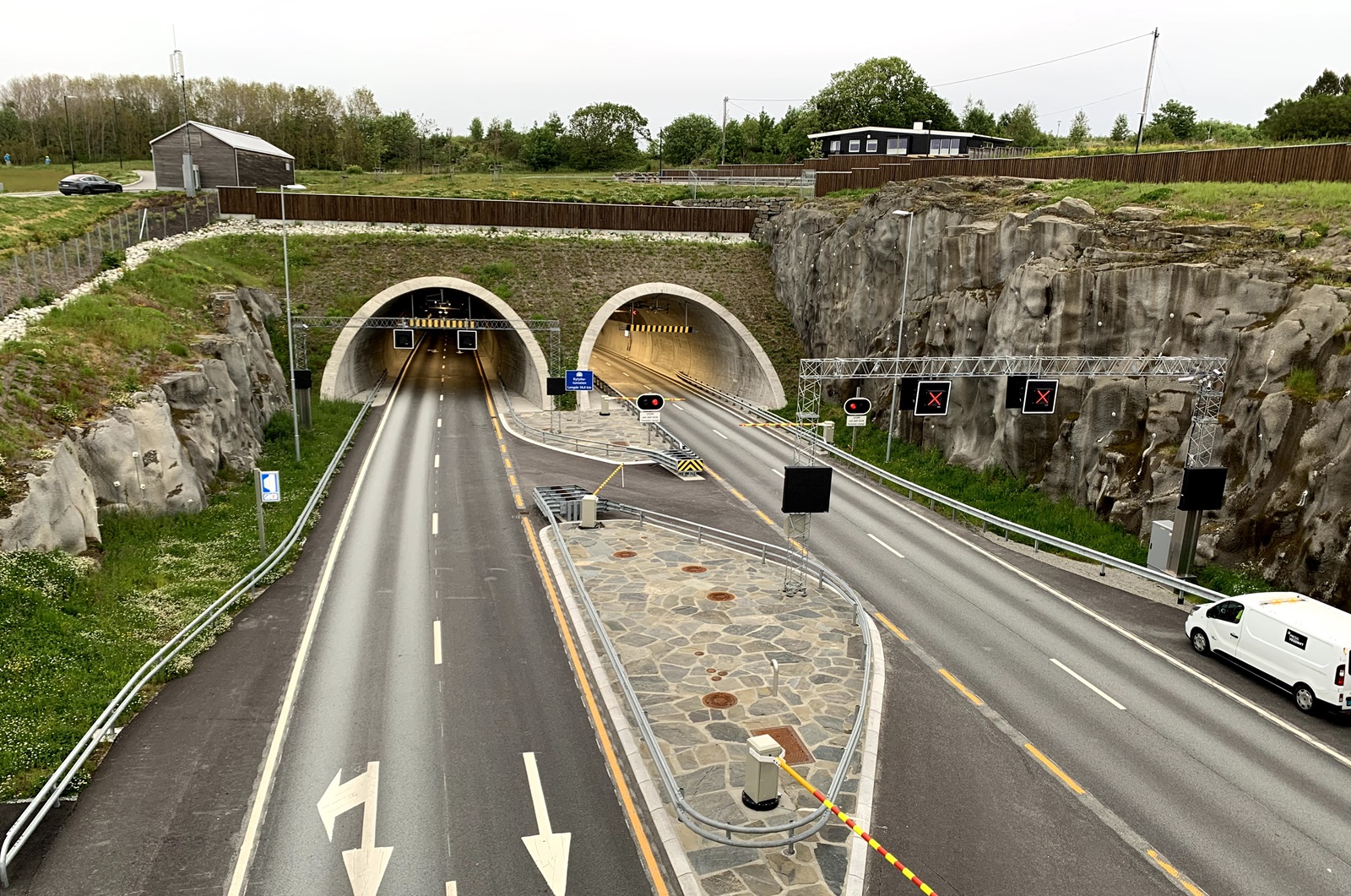
The Ryfylke Tunnel is the longest undersea road tunnel in the world at present and stretches some 8.98 miles between Stavanger and Ryfylke. Norway developed the Ryfylke Tunnel to reduce reliance on ferries.
It is now part of its Rogfast project to connect several islands with undersea tunnels, and this means Ryfylke is likely to relinquish its title as this building work continues. Opened in 2019, the Ryfylke Tunnel took seven years to build and a toll is charged to help recoup the cost of construction.
Ryfylke Tunnel, Norway – 8.98 miles (14.46km)
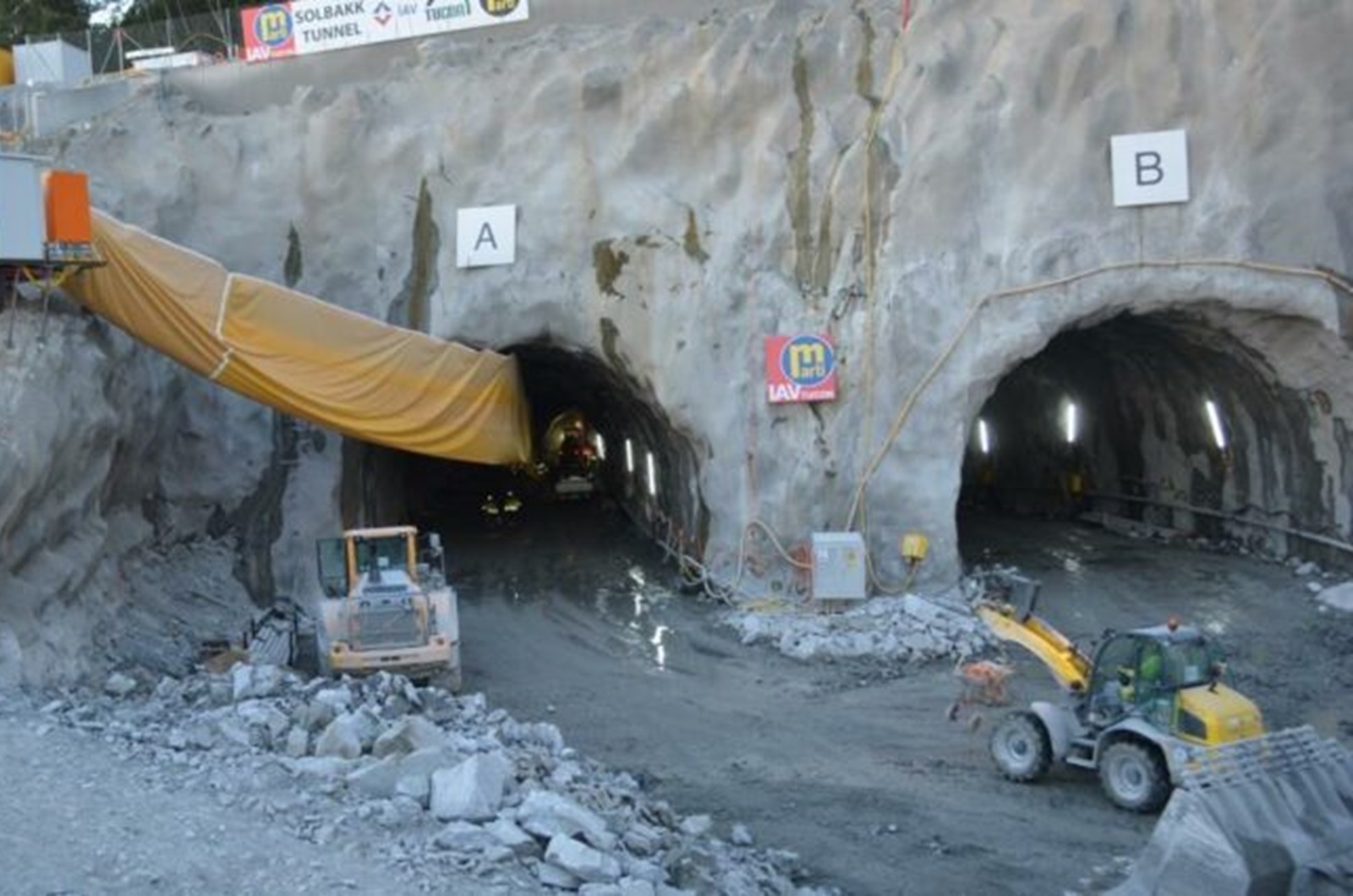
By the time the Ryfylke Tunnel started operating, it had cost 6.4 billion Norwegian Kroner (£460 million) to complete. Electric cars are subject to a 50% discounted toll charge.
Descending to 285-metres under the sea at its deepest, the Ryfylke Tunnel consists of two separate tubes to carry traffic in opposite directions. Each tube has two lanes and the tunnel is capable of carrying up 10,000 vehicles per day.
Zigana Tunnel, Turkiye – 8.99 miles (14.48km)
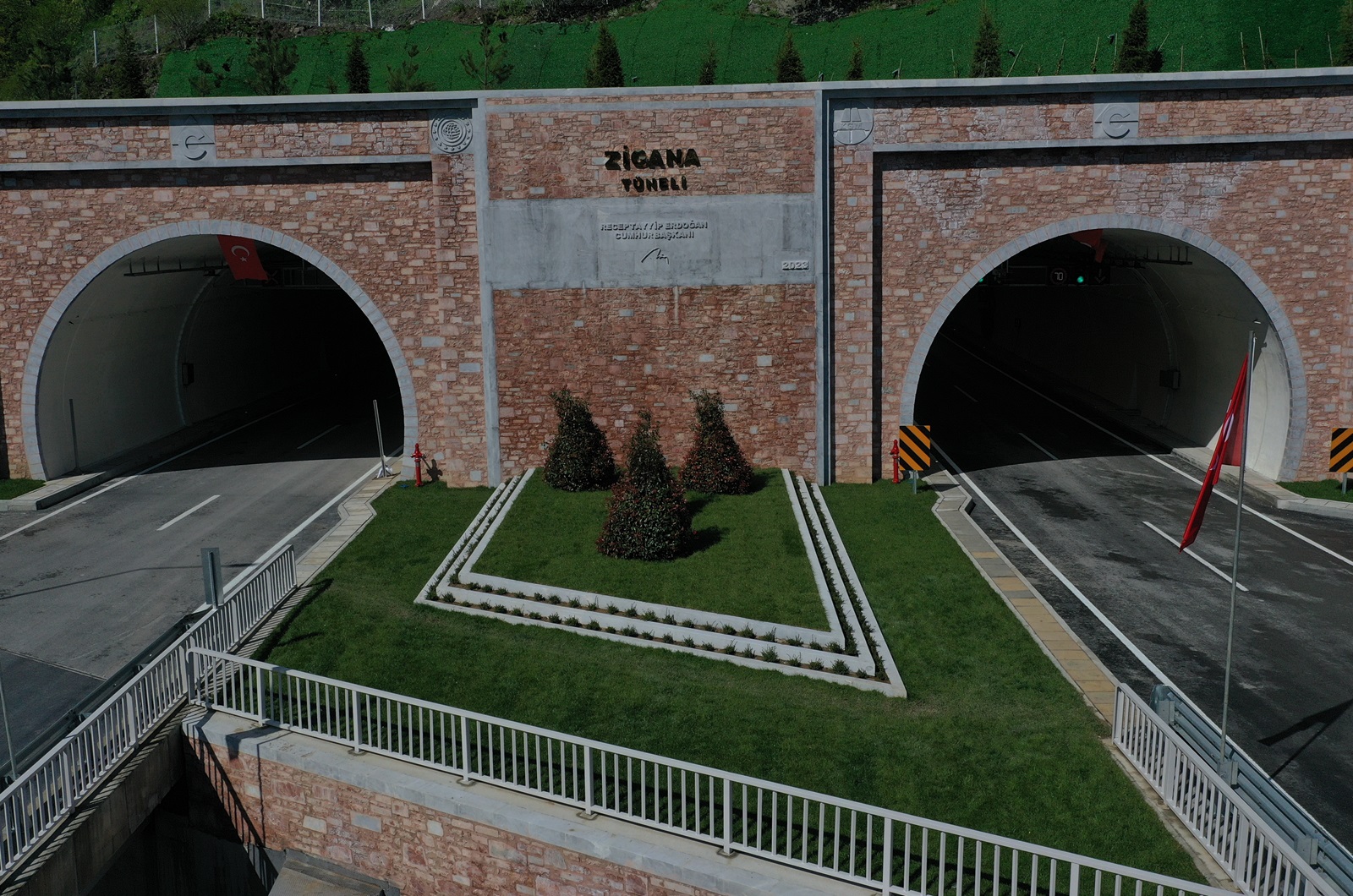
Close to the northern coast of Turkiye, the Zigana Tunnel runs through rugged mountain rock to bypass the Zigana Pass that becomes blocked by snow in the winter. Work started on the Zigana Tunnel in 2016 and it was finished in 2023.
It is Turkiye’s longest road tunnel at 8.99 miles long and it reduces the journey via the exposed Zigana Pass by five miles. It also cuts the journey time in summer months by around 20 minutes.
Zigana Tunnel, Turkiye – 8.99 miles (14.48km)
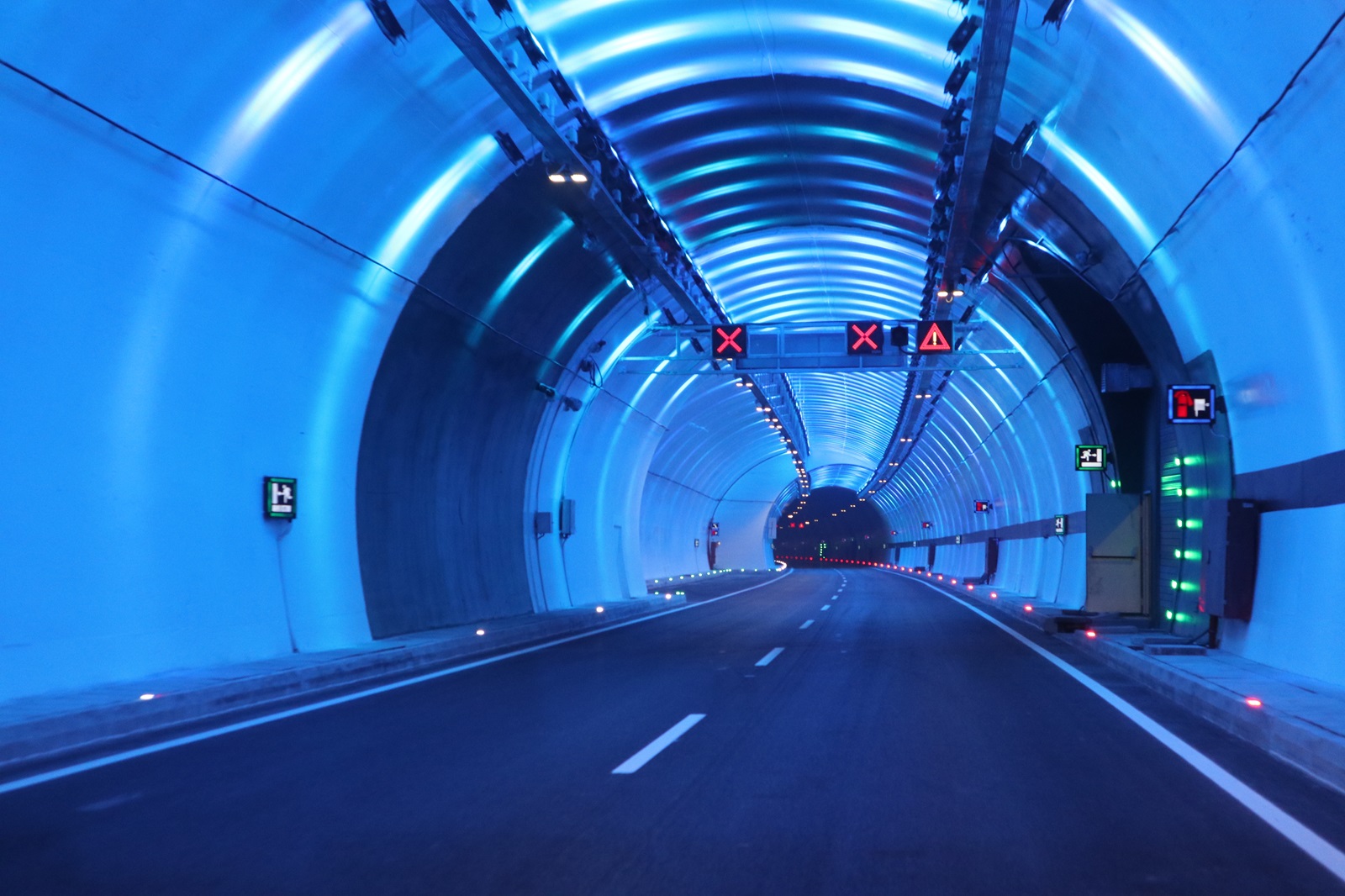
Consisting of two separate tunnels to keep traffic flows apart, the Zigana Tunnel was built using the New Austrian Tunnelling Method. This system adapts to the rock as excavation continues and uses a spray-on concrete to create the walls.
There are 16 laybys in each of the tunnel’s tubes, as well as six ventilation shafts. It was also built with 40 connecting tunnels between the pair of tubes, plus nine transformer rooms to house the Zigana Tunnel’s electric power.

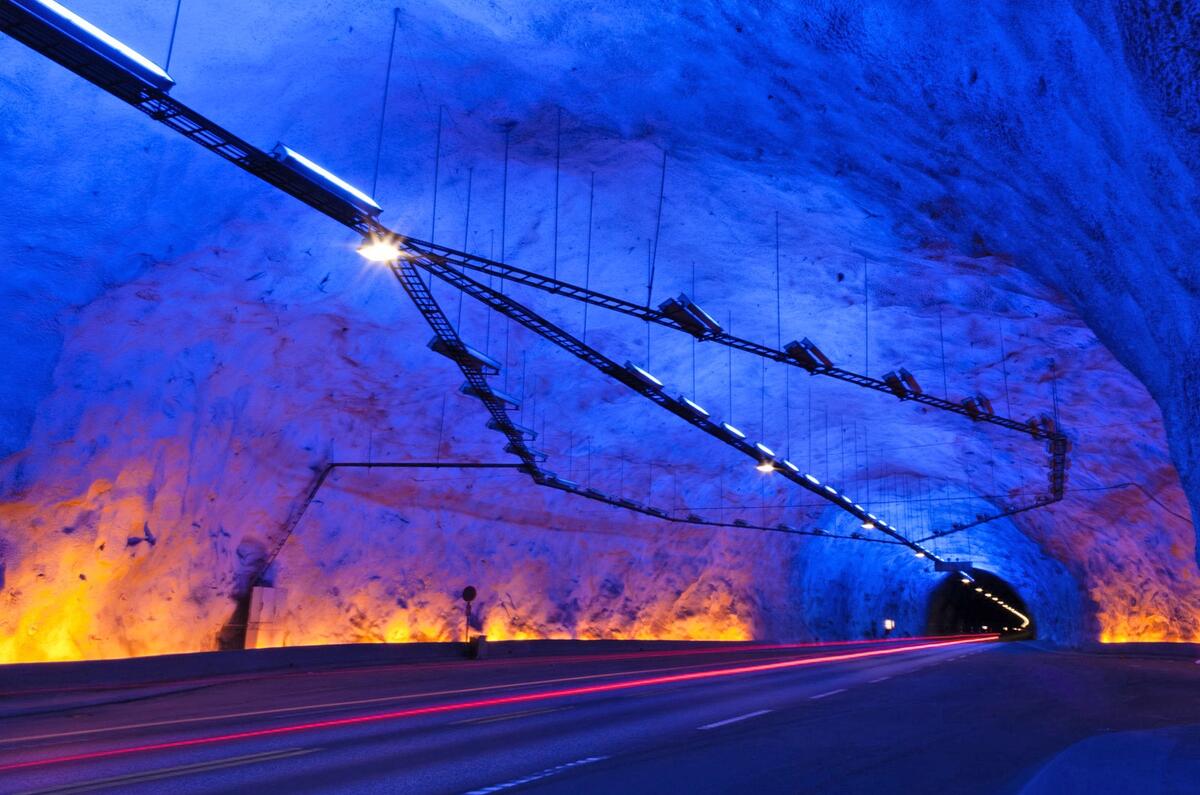

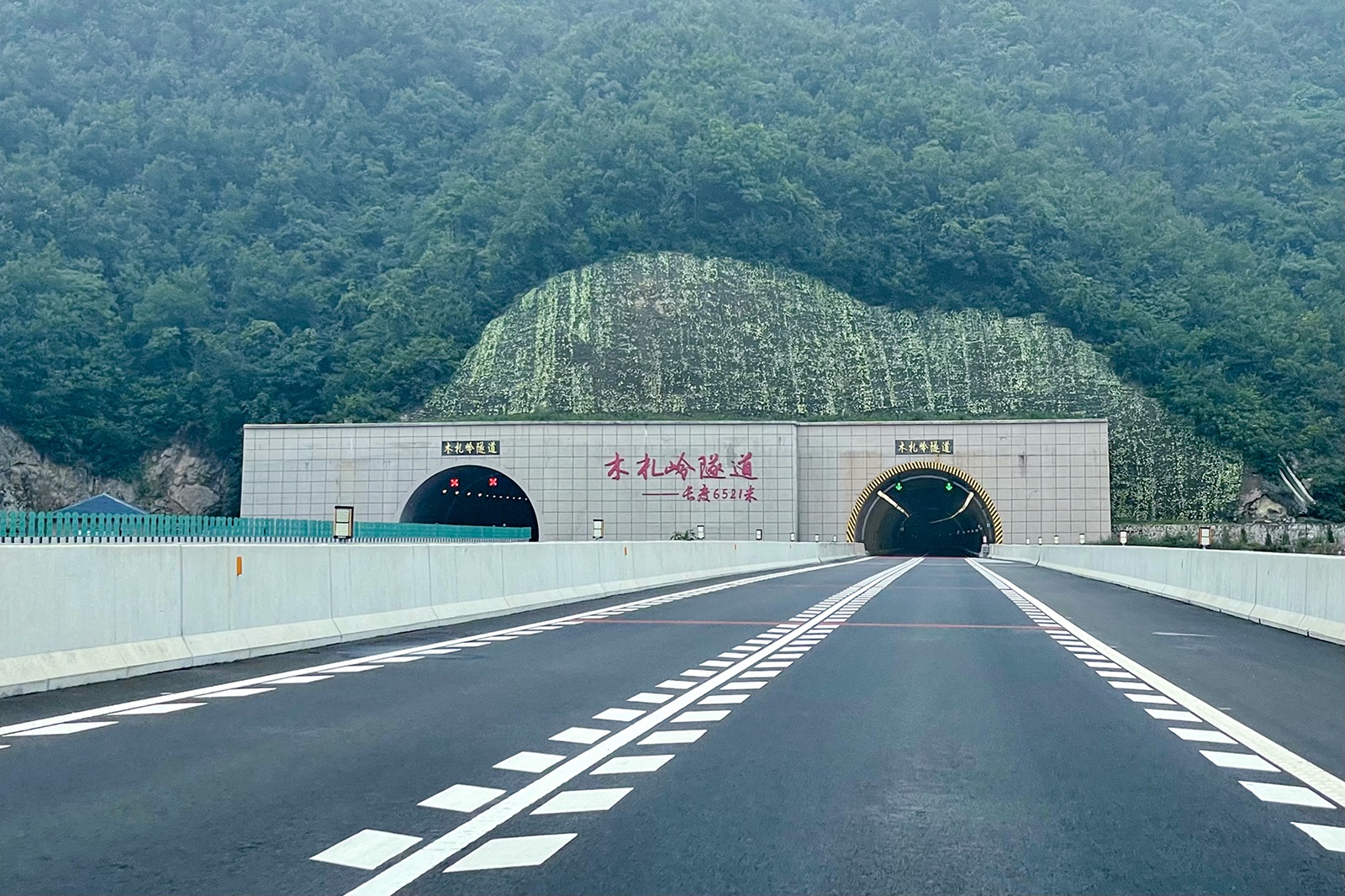
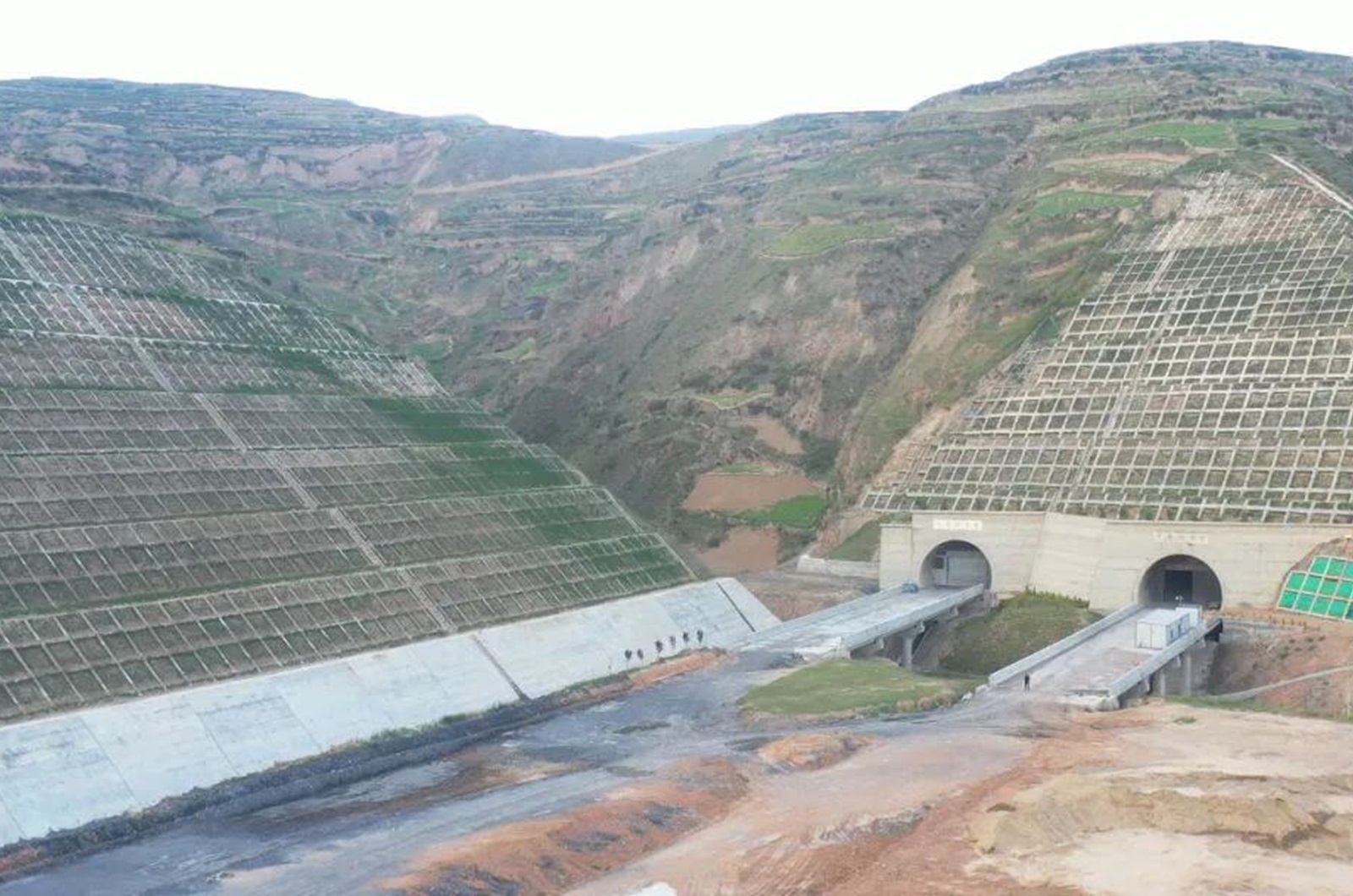
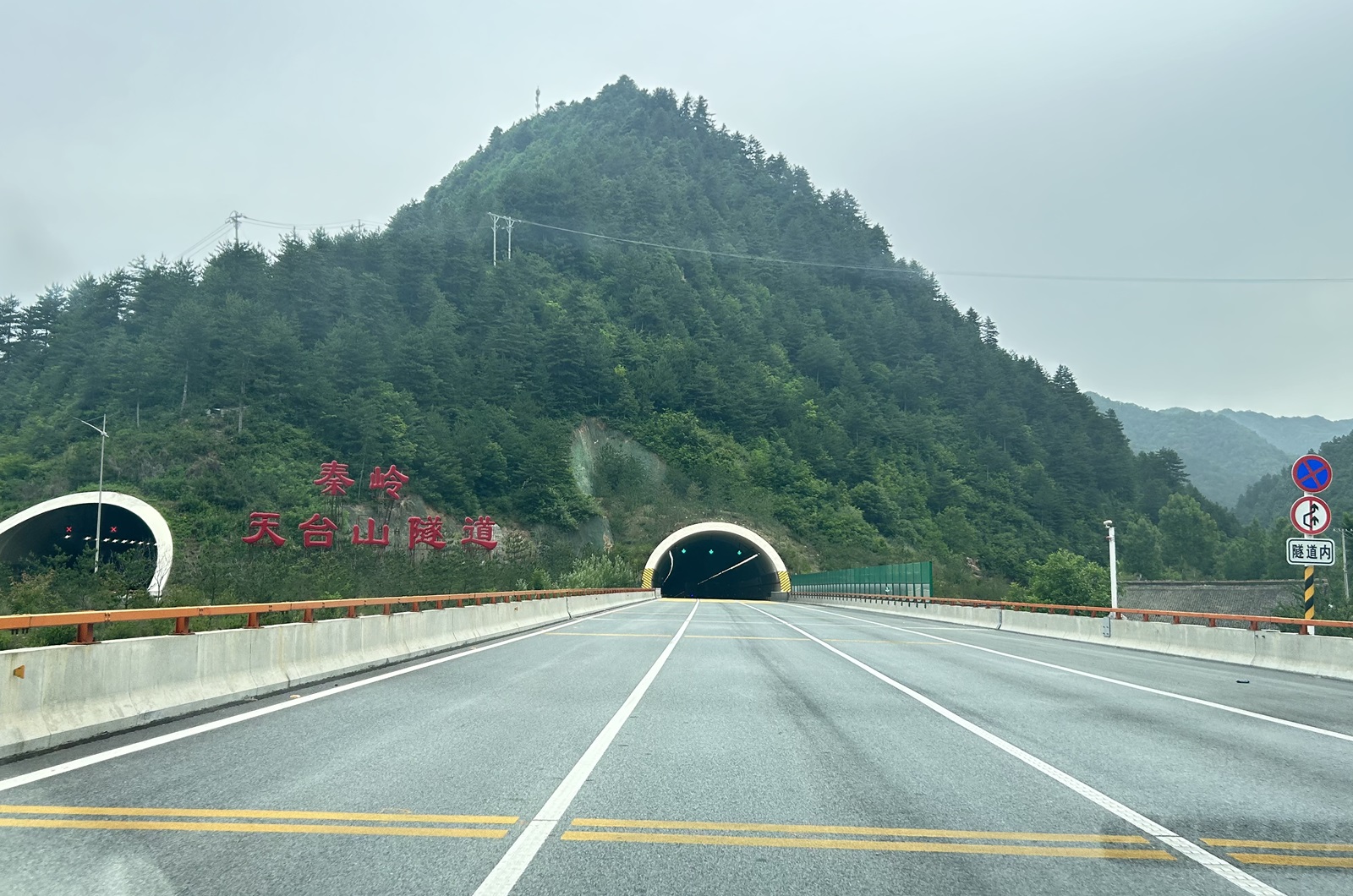
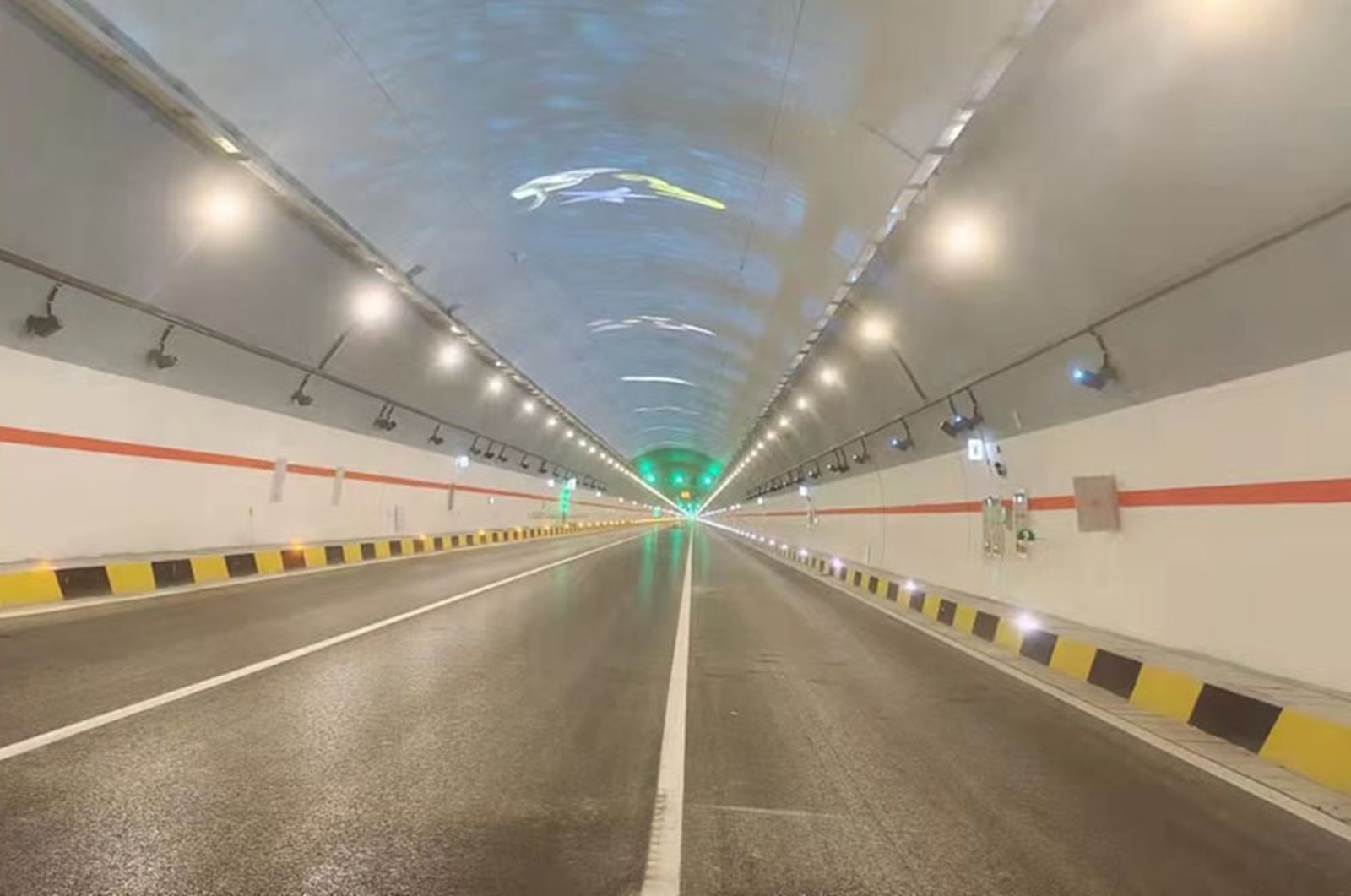
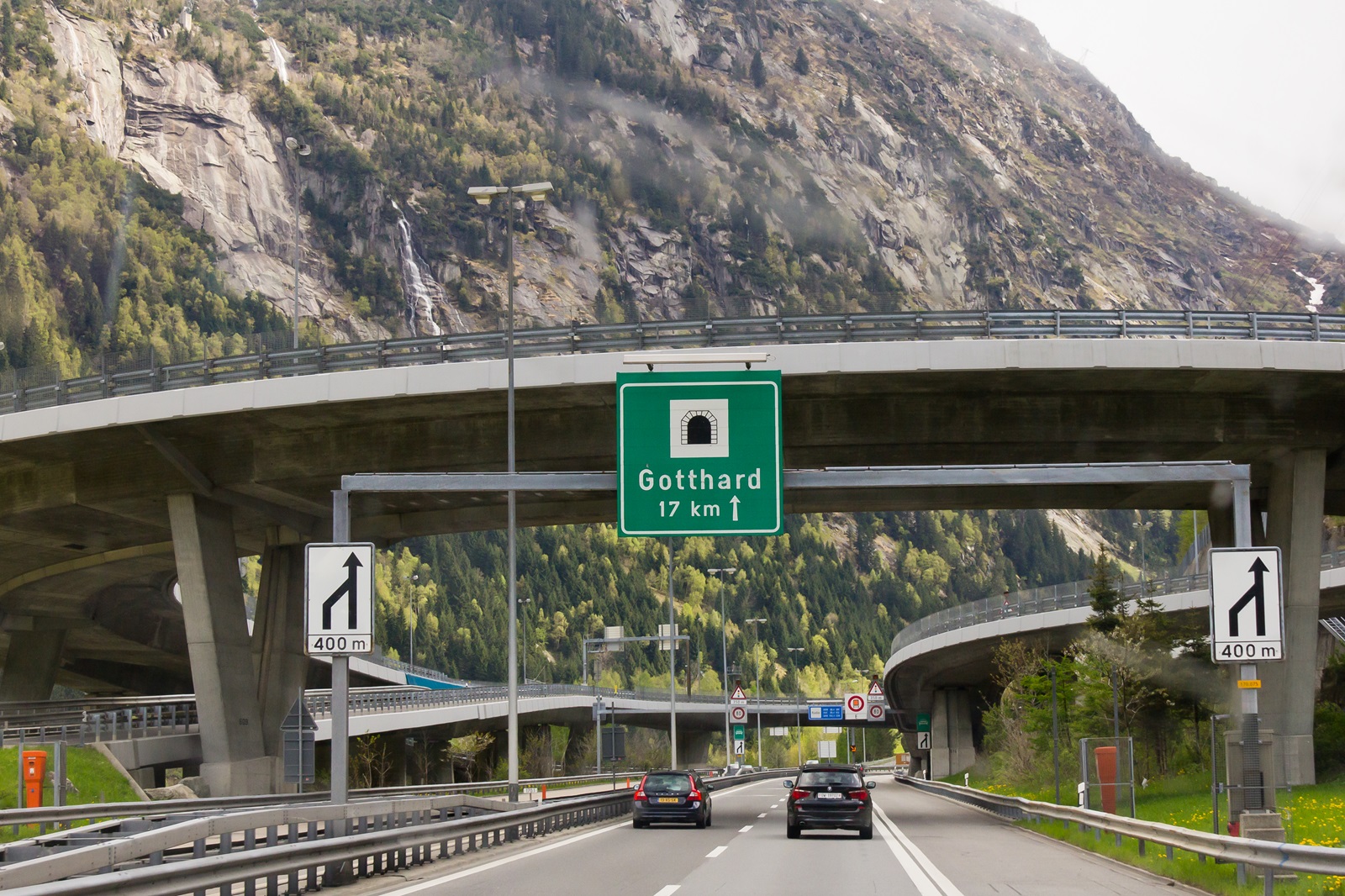
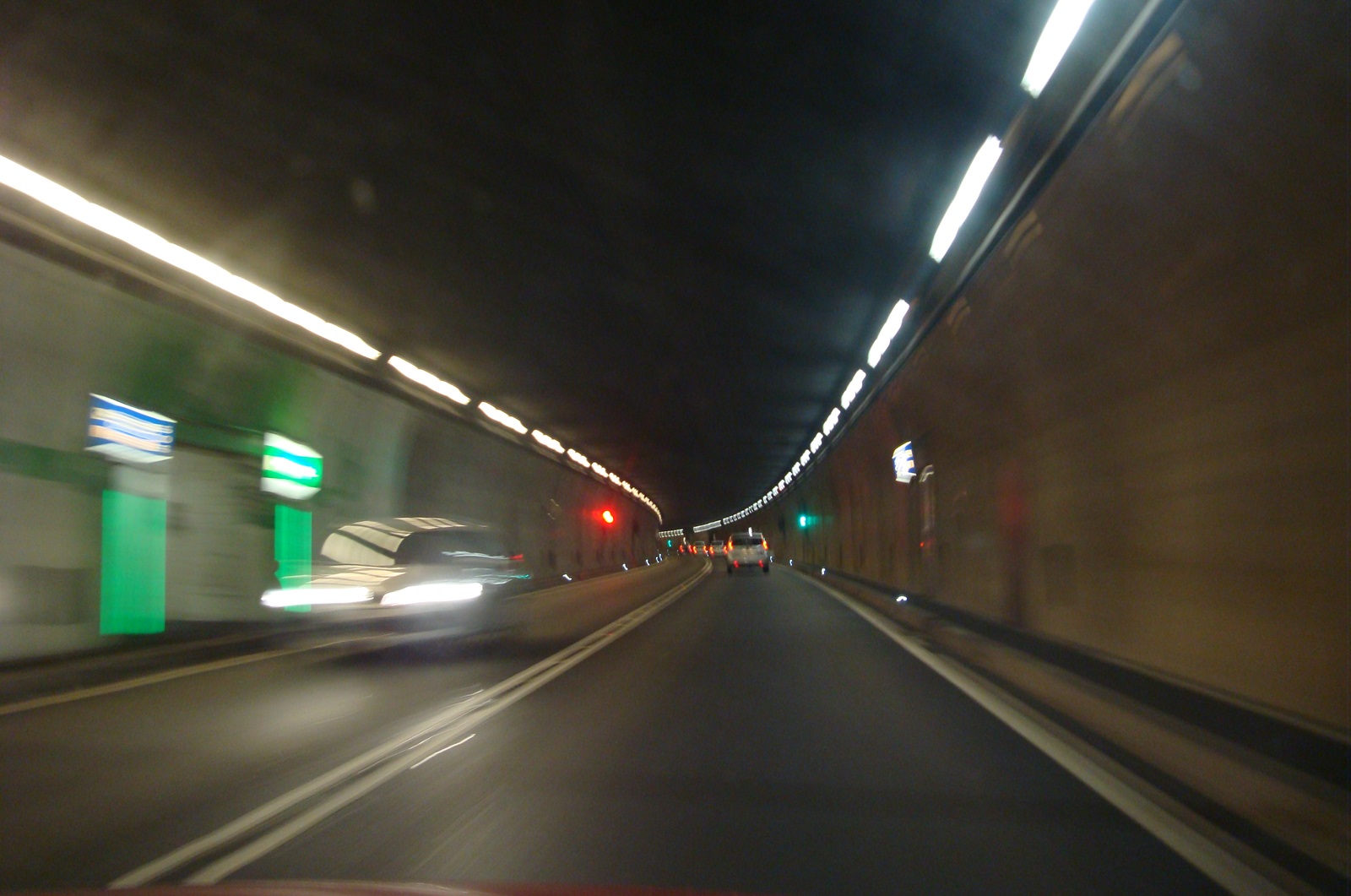
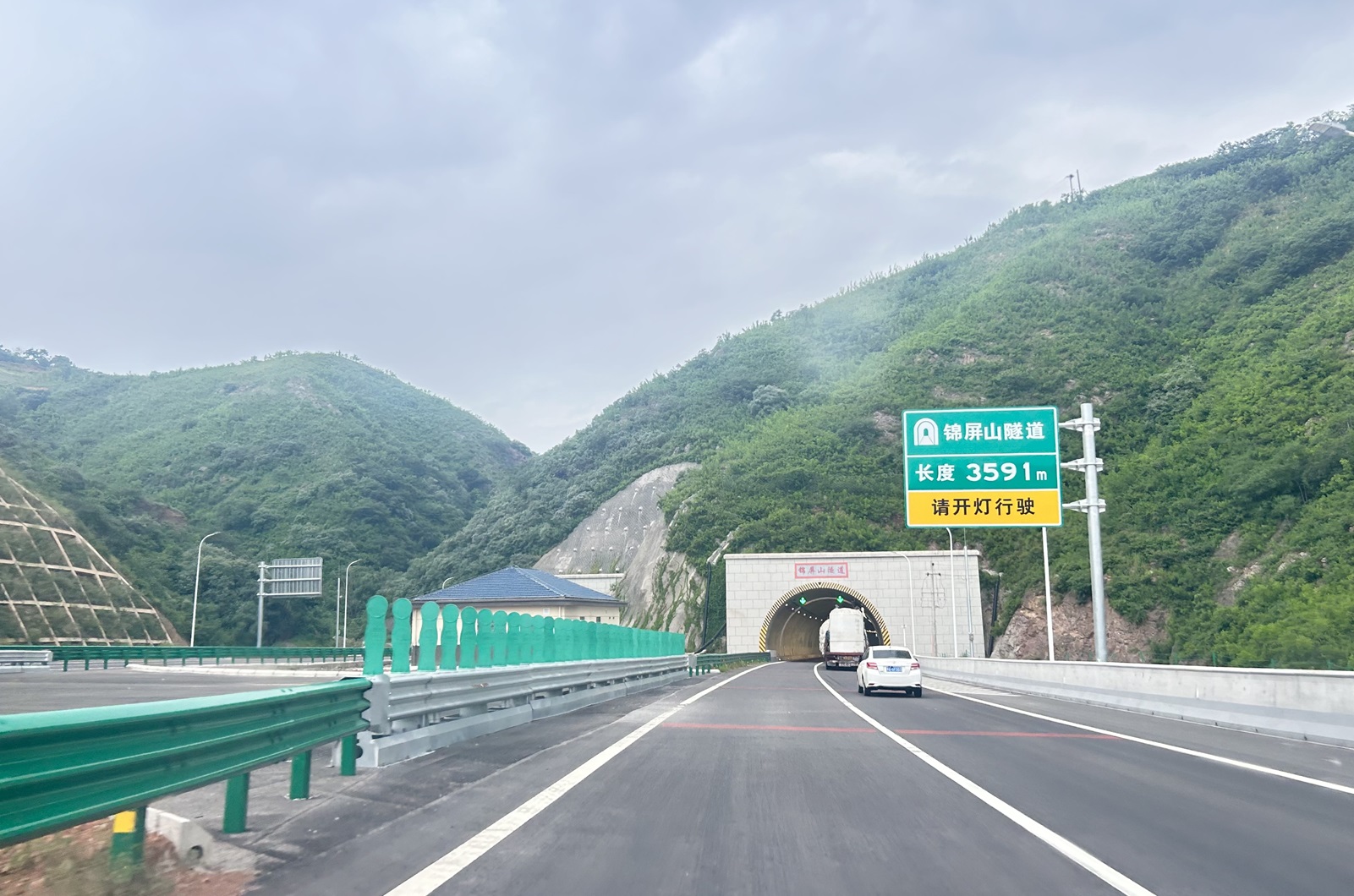
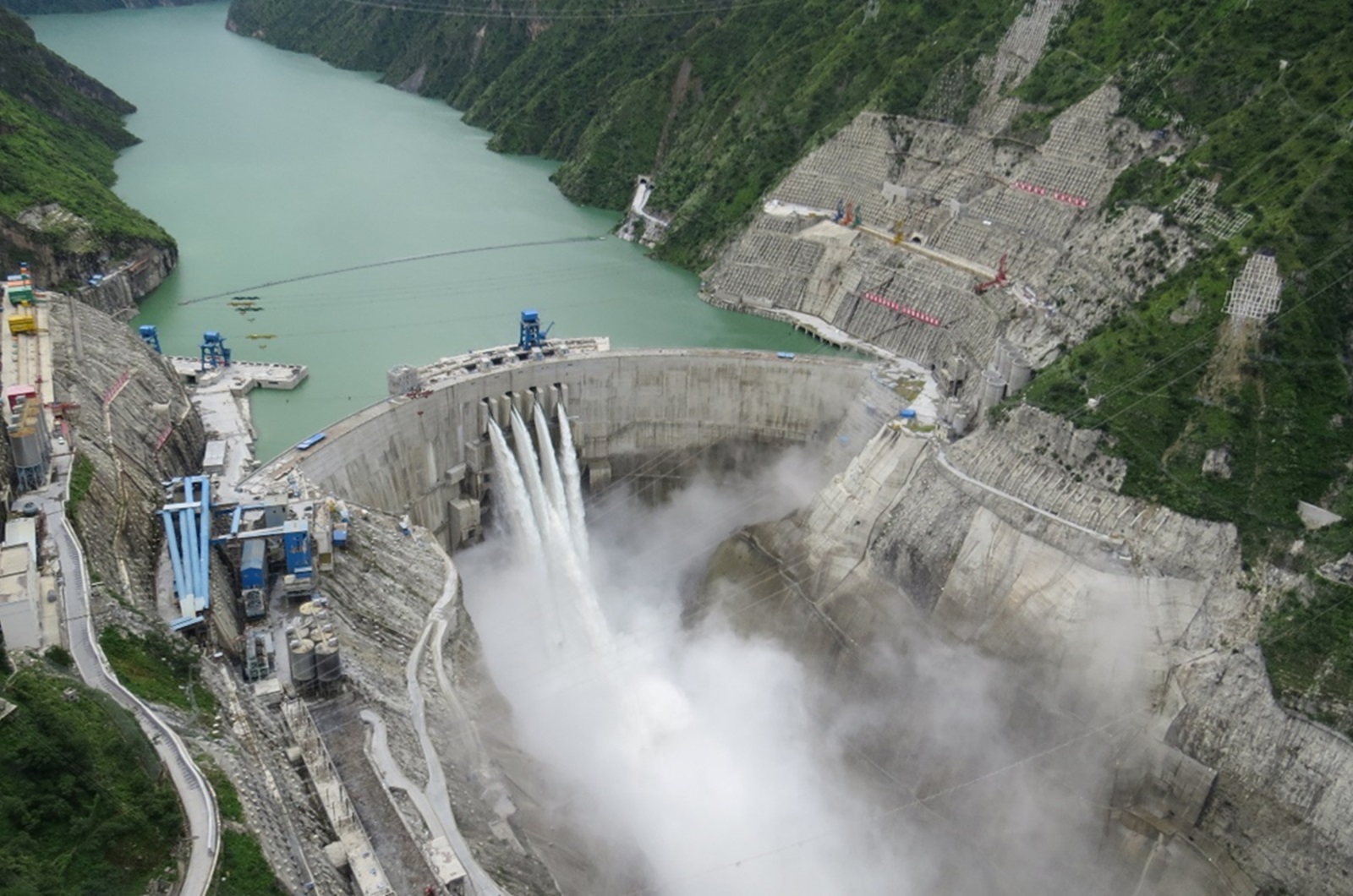
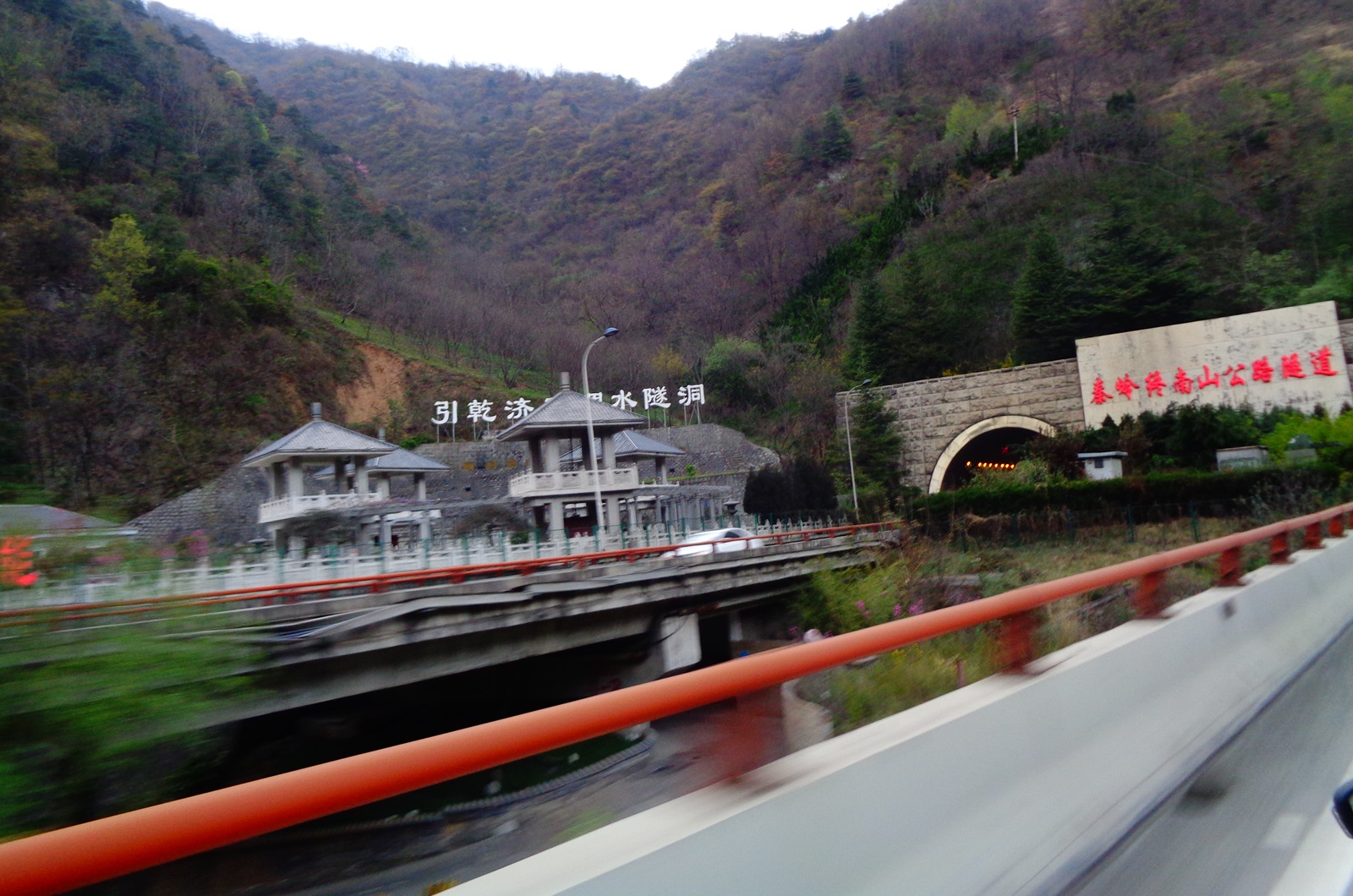
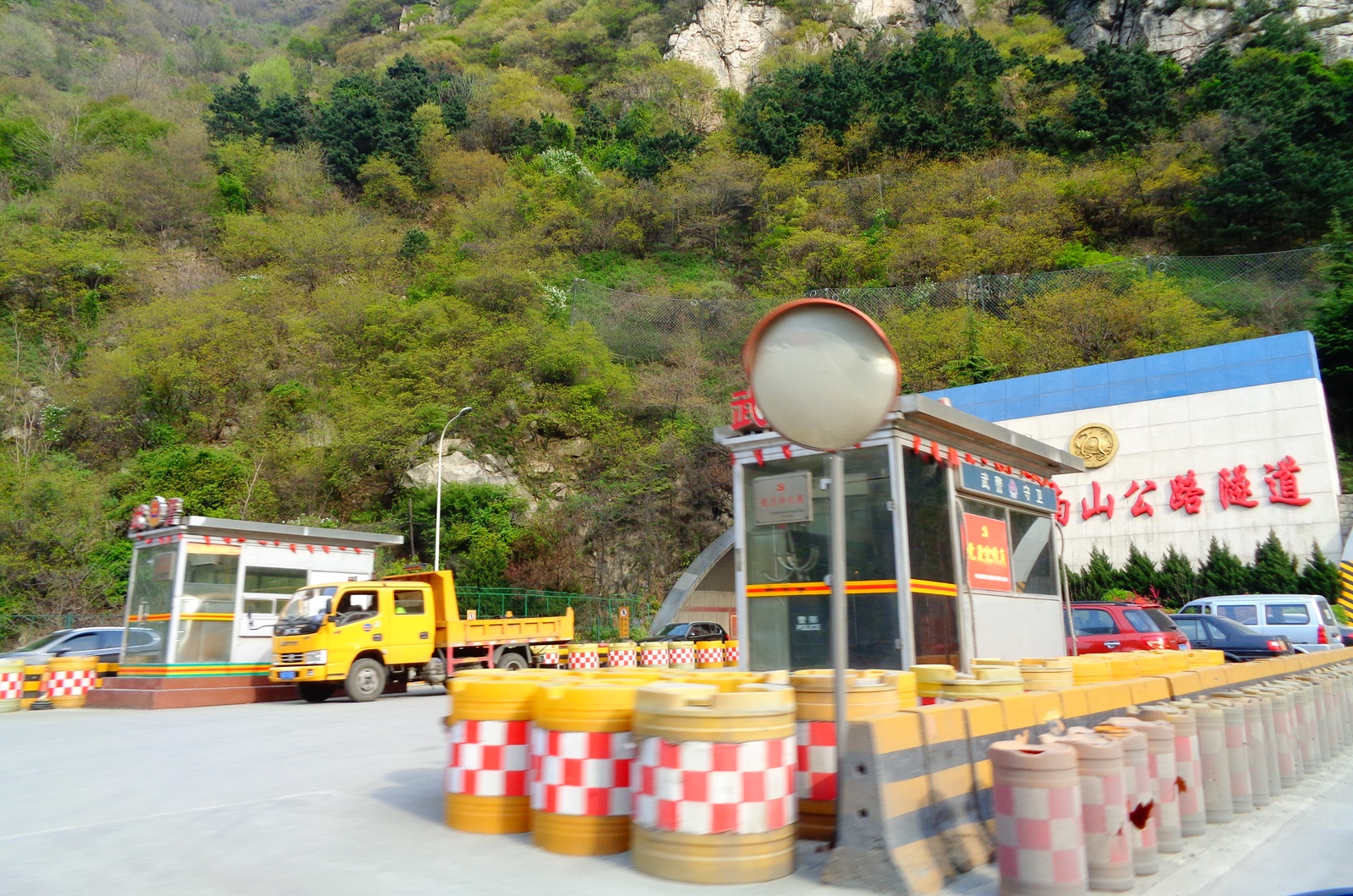
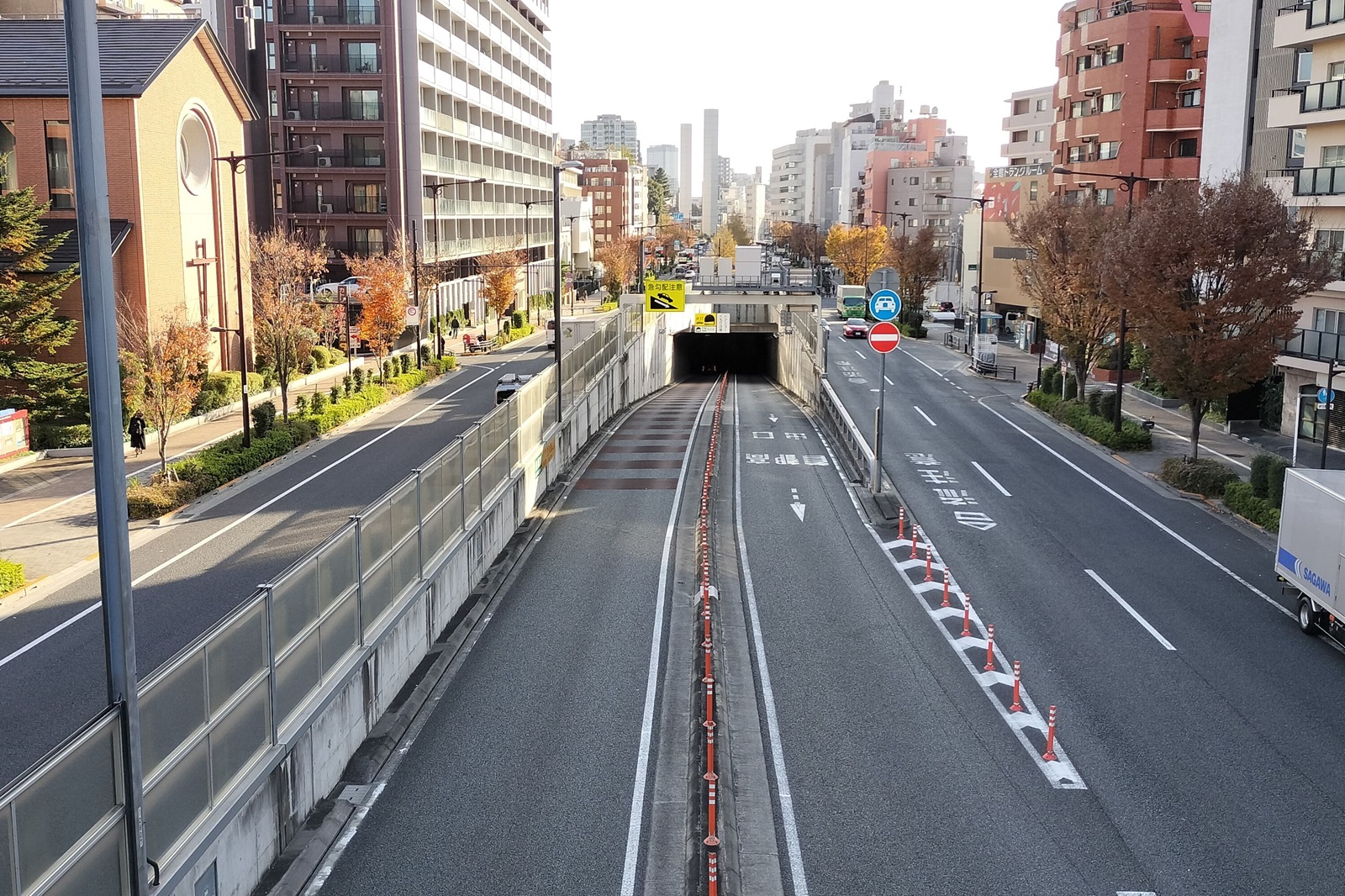
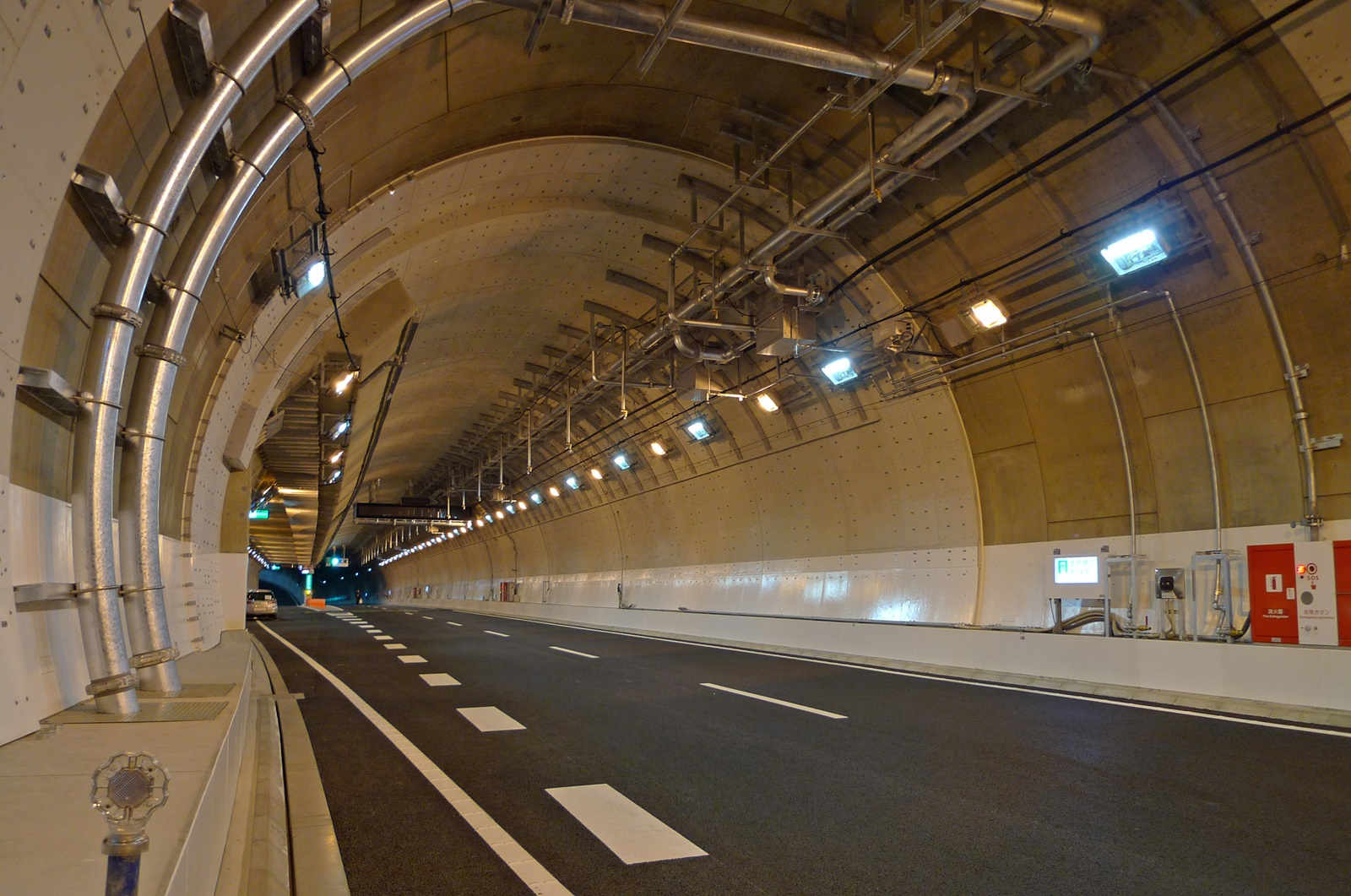
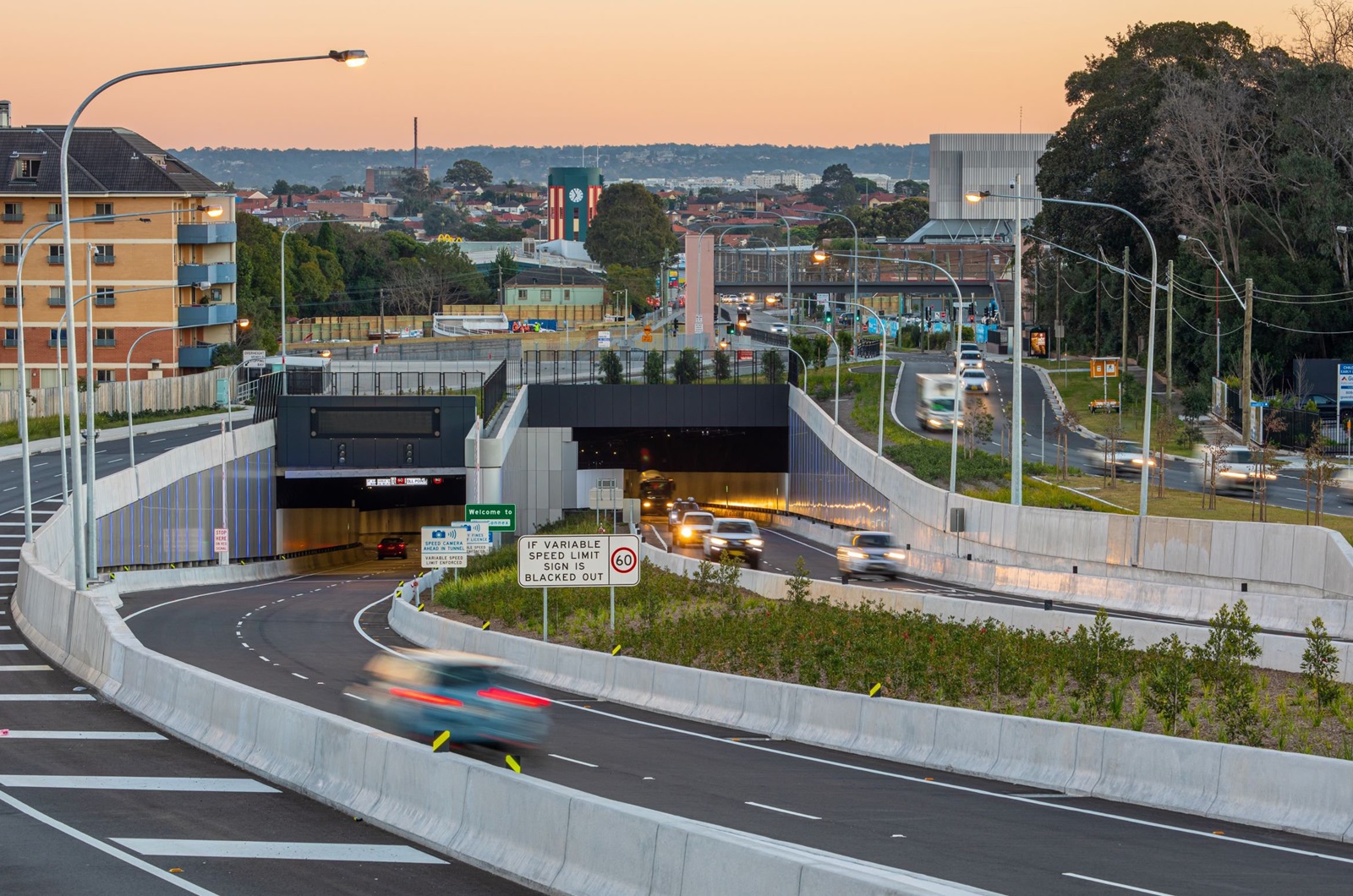
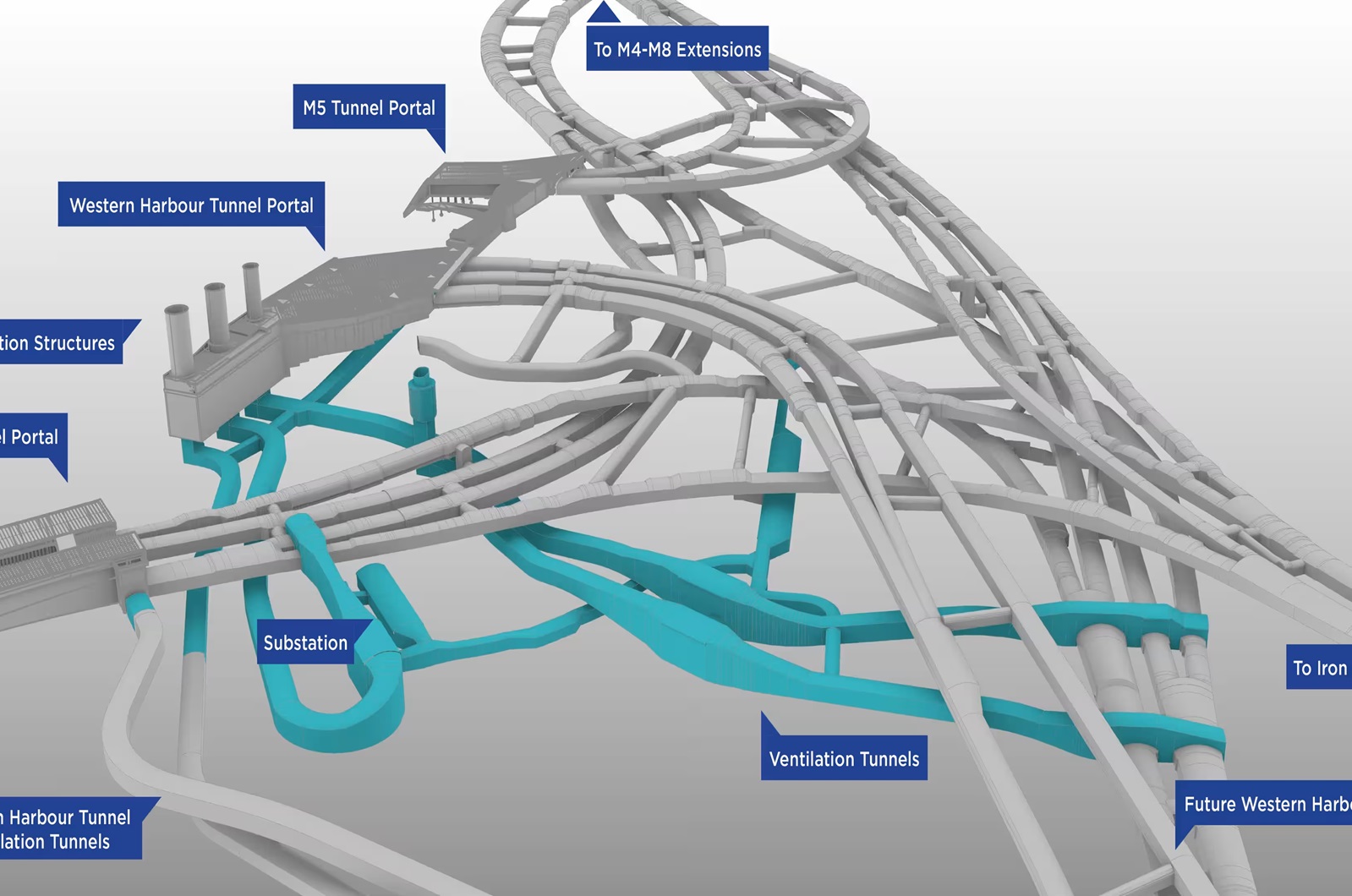
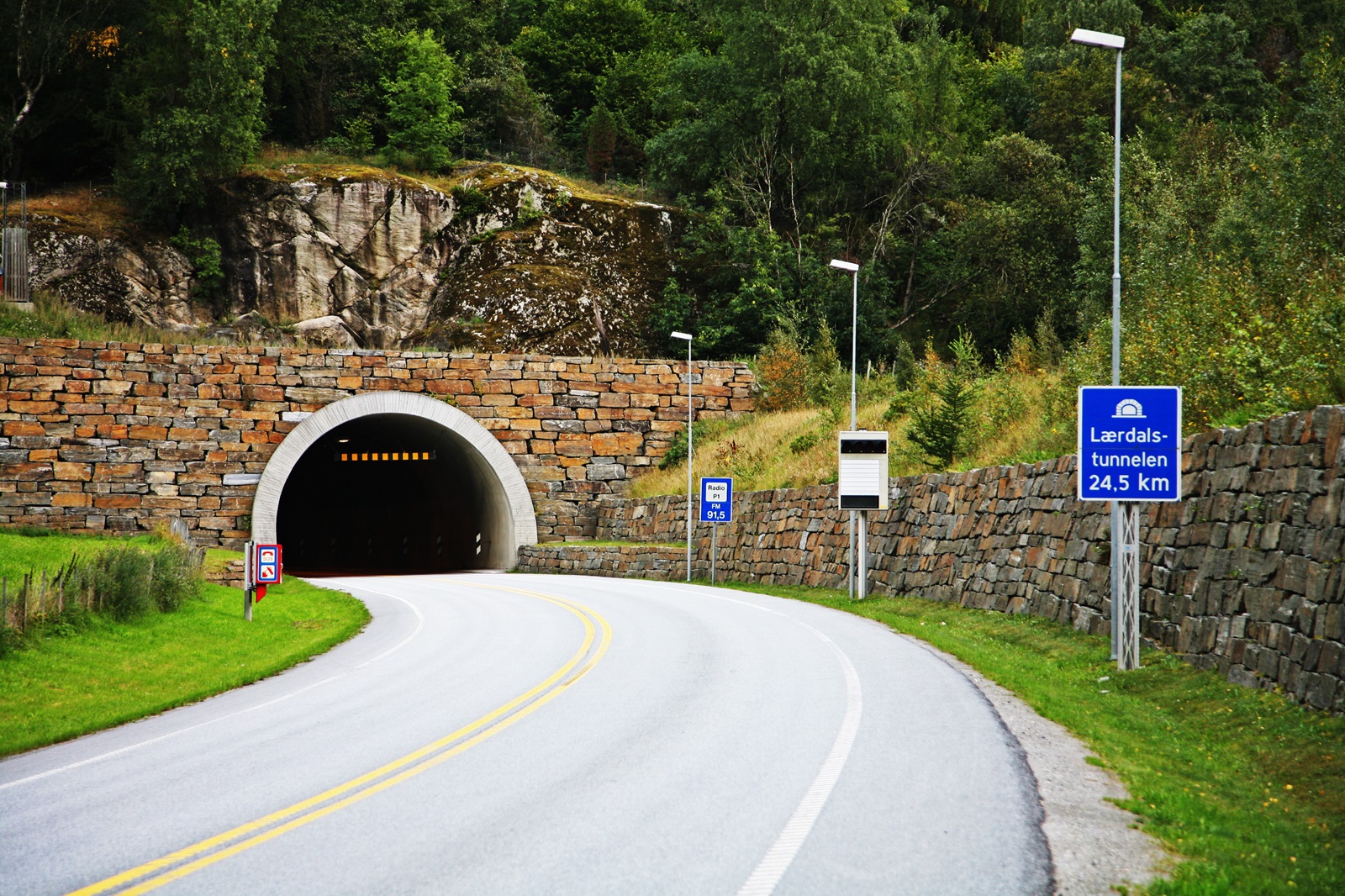
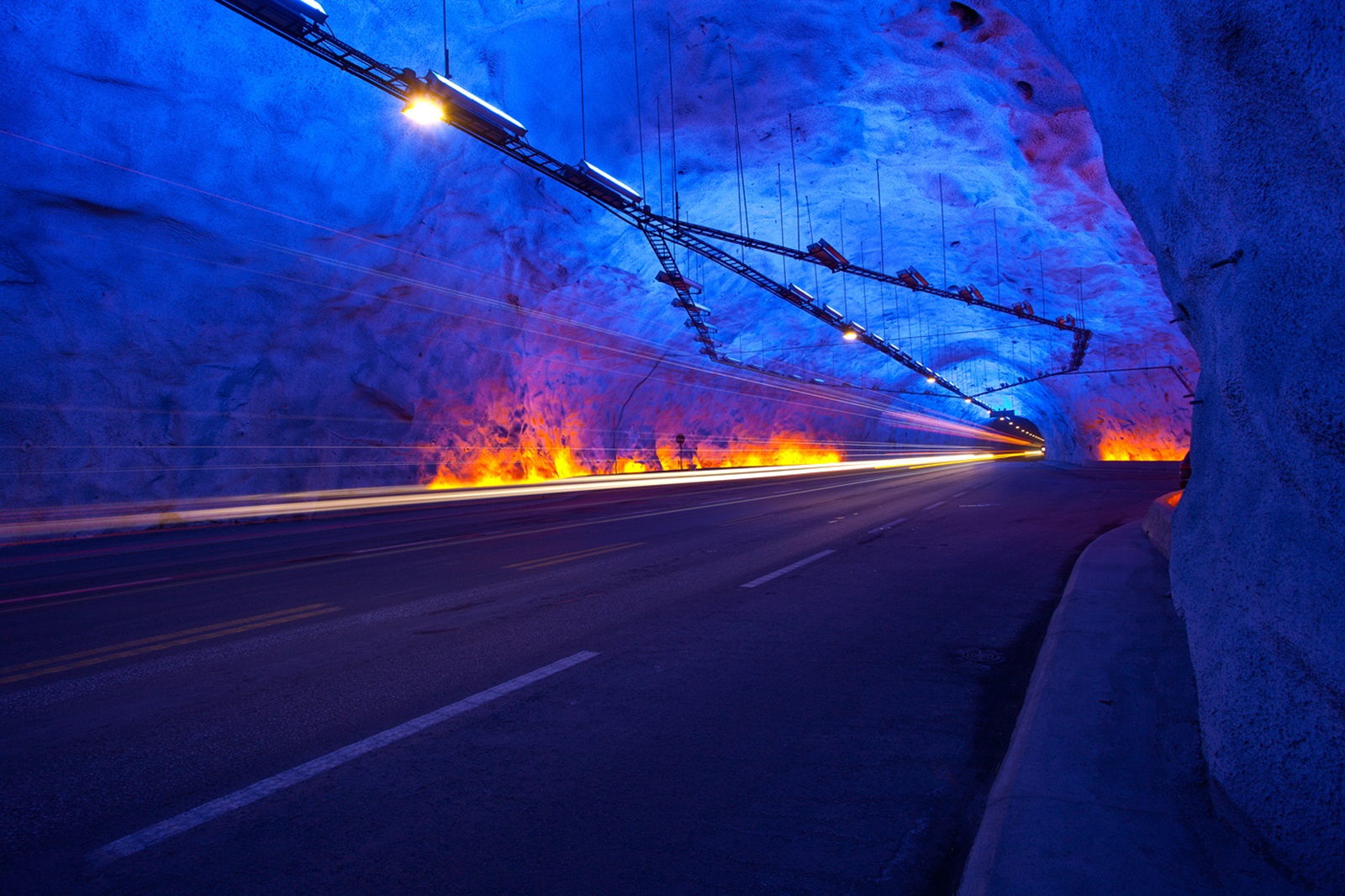


Add your comment